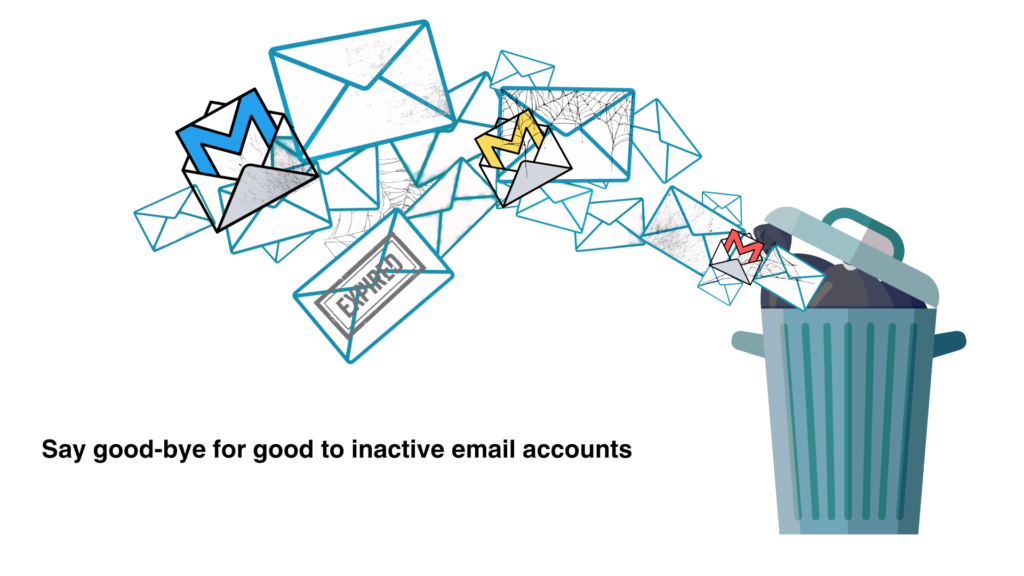In email marketing, the goal is to reach your desired audience with a key message in hopes of generating conversions and building business relationships. That means accurately gauging engagement levels to know how to send the right content at the right time.
By the same token, it is equally important to know when the other party is not receptive to what you have to say, and to respect their preferences to avoid harming your progress with other leads.

The complete
deliverability
handbook
Read the most significant, most organized volume of information written about email deliverability.
This might sound like something that is difficult to keep on top of, but email marketing software makes this simple through the use of suppression lists.
Here’s what it means, and how it affects email list hygiene.
What is a suppression list?
A suppression list is a specific type of subscriber list that includes those email addresses to avoid sending email to or including as part of your normal subscriber lists.
By preventing you from sending mail to contacts who do not want your mail, a suppression list helps you to protect your sender reputation with ISPs (Internet Service Providers) and maintain high delivery rates across your email campaigns.
Suppression lists are also a necessary part of compliant, permission-based marketing.
As required by the CAN-SPAM Act of 2003, senders must give recipients a clear way to opt out of communications. Those email addresses must be placed on a suppression list so as not to be contacted again at a later point.
For the above reasons, suppression lists are a crucial part of email marketing, benefitting both senders and subscribers in equal measure.

via email
By signing up you are agreeing to our Terms of Service
Your data will be handled in accordance with our Privacy Policy
What is included on a suppression list?
As has been mentioned above, suppression lists contain email addresses to which you do not want to send your outgoing mail. The following should typically be added to your suppression list:
Unsubscribed contacts
When your subscribers choose to opt out of your campaigns, they are added to your suppression list via an unsubscribe group. Having unsubscribed, they should no longer receive any contact from you as that would constitute a violation of the CAN-SPAM Act.
Spam reports
Email users who submit spam complaints have likely done so for a good reason. Usually, they are either still receiving emails from you after unsubscribing, or they haven’t been able to access the opt-out due to poor email design.
Either way, subscribers who report you as spam should be immediately added to suppression lists to prevent reputational damage.
Inactive addresses
Even though you may be using 100% opted-in mailing lists, inactive addresses will still crop up. Email addresses fall regularly into disuse for a variety of reasons, so list decay is inevitable to a certain extent.
When you receive a hard bounce from an email address, that’s a sure sign that you should move that address to your suppression list, otherwise you may experience deliverability problems down the road.
Maintaining good list hygiene can help you prevent this issue entirely to a large extent.
Disengaged subscribers
Your emails might get delivered to your subscribers, but that doesn’t necessarily mean they are achieving anything. For this reason, keeping an eye on your engagement metrics is key.
When subscribers are not opening your emails, it affects your sending reputation with ISPs, so you should take action.
It’s wise to put a sunset policy into action to determine if it is possible to re-engage those subscribers. If not, it’s advisable to notify them that they will be removed from your mailing list, before moving them to your suppression list.
The Email Marketing Activity Book for Kids

How to manage a suppression list
Fortunately, when using a comprehensive email marketing platform, suppression lists are typically managed automatically.
That means that when recipients unsubscribe, they are immediately added to your suppression list and automatically blocked from any further communication from you.
However, there might be some cases where it is necessary to remove email addresses from your suppression list.
This includes situations in which users decide that they want to return to your mailing list or are awaiting an important transactional email that they have not received. In these instances, it may be necessary to intervene directly.
Similarly, addresses can be moved manually if you need to migrate from one email-sending solution to another.
By and large, though, the overwhelming majority of your suppression list management will be handled by your email marketing software.
Conclusion
As important as it is to be able to reach the subscribers who are interested in your brand and what you have to say, it is equally important to know when to relent.
Suppression lists prevent you from contacting unsubscribed contacts or sending messages to invalid email addresses. In doing so, a suppression list allows you to stay compliant with CAN-SPAM while preserving your deliverability, ensuring greater success for your future campaigns.










